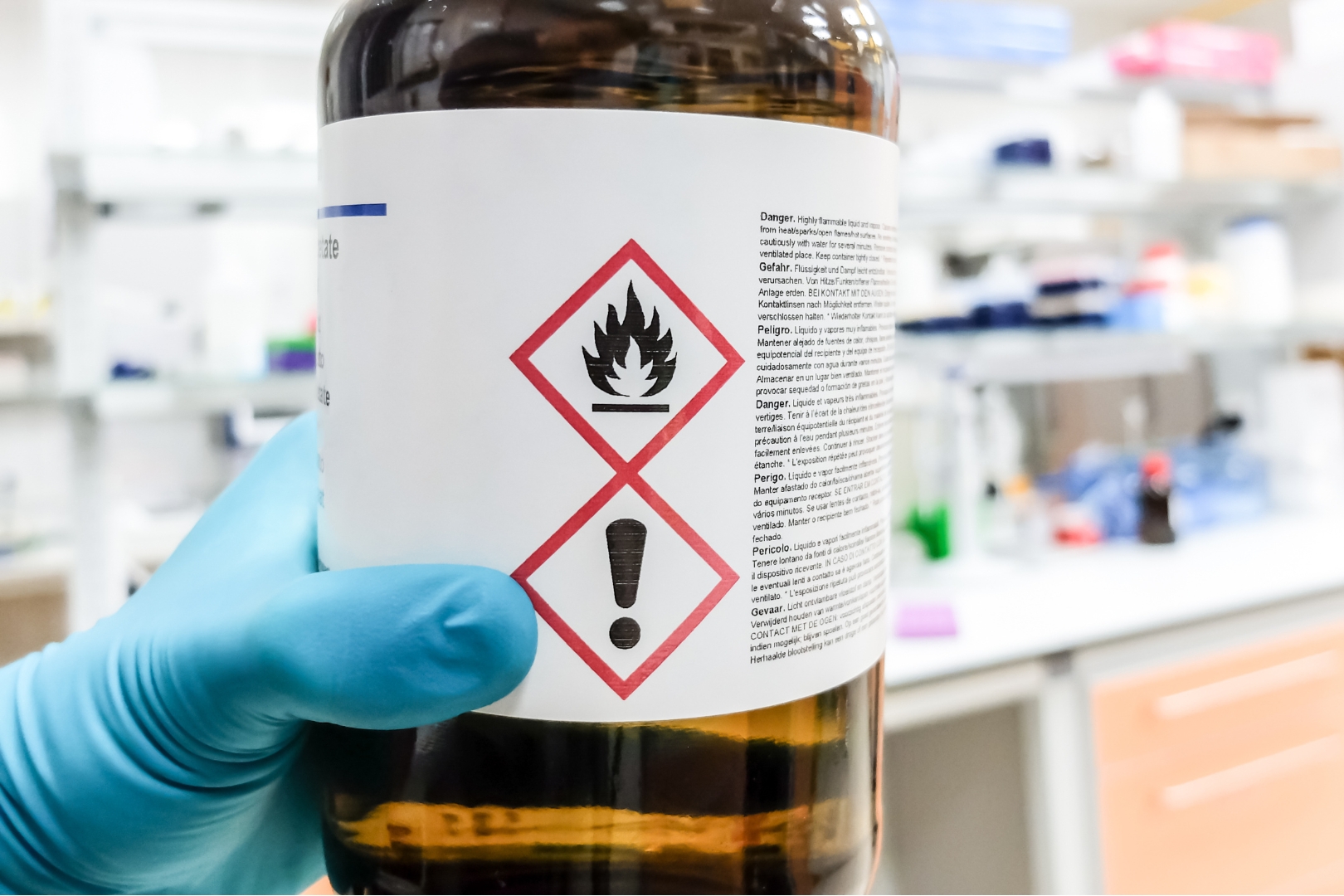WHMIS Training/Annual Review

The Workplace Hazardous Materials Information System (WHMIS) is Canada’s national hazard communication standard. The key elements of the system are hazard classification, cautionary labelling of containers, the provision of safety data sheets (SDSs), worker education, and training programs. WHMIS has aligned with the worldwide hazard communication system known as GHS – the Globally Harmonized System of Classification and Labelling of Chemicals.
Roles and Responsibilities
Under WHMIS 2015, the roles and responsibilities of suppliers, employers, and workers are:
Suppliers (manufacturers, importers, and distributors) must:
- Classify hazardous products
- Prepare and provide labels and SDSs to customers
- Provide supplier labels on all containers of hazardous products they sell or produce
Employers must:
- Ensure that all hazardous products have properly labels
- Make SDSs readily available to workers
- Prepare workplace labels and SDSs as necessary
- Provide worker education and training
Workers must:
- Participate in WHMIS training programs
- Take necessary steps to protect themselves and their co-workers
- Participate in identifying and controlling hazards
- Inform employers when labels are illegible or missing
WHMIS Inspections
Inspectors will check and enforce the employer requirements specified in the occupational health and safety legislation to ensure employers follow them.
In addition, trained and designated inspectors conduct inspections and enforce compliance with the supplier requirements of the Hazardous Products Act (HPA) and the Hazardous Products Regulations (HPR).
Employers should be prepared to:
Show education and training records for workers who work with or may be exposed to a hazardous product.
- Demonstrate that a WHMIS program is in place.
- Show where the SDSs are for the hazardous products used at that workplace.
- Show that hazardous products in use have the appropriate labels.
- Show education and training records for workers who work with or may be exposed to a hazardous product.
Inspectors may need to speak to workers to confirm that education and training have taken place. Workers should be able to answer these questions for every hazardous product they work with:
Questions:
- What are the hazards of the product?
- How do I protect myself from those hazards?
- What do I do in case of an emergency?
Training
To ensure safety, workers who handle hazardous products or may encounter them during their work activities must learn the hazard information for these products. In turn, employers must provide this information, including details from the supplier and any additional information they know about the use, storage, and handling of each product.
Employers generally require workers to complete refresher education and training:
- As needed to protect the worker’s health and safety.
- If conditions of the workplace have changed.
- New products are introduced.
- If the products have changed and now have different hazards.
- When new hazard information becomes available.
- If there is new information about safe use, handling, storage or disposal.
WHMIS Training/Annual Review
SPEAK TO A CANADIAN PEO EXPERT TODAY!
1.800.668.9852
Also, visit our Canada HR Essentials website for all your Canadian HR needs. Providing comprehensive HR solutions since 1981.
Need support? Reach out to the team of professionals at The OI Group for help navigating Canadian employment relationships.
